This week we continue our travelogue series recounting my recent Complete Namibia Tour, as we move to our second day in Sossusvlei and Deadvlei, then move on to photograph the beautiful Himba people.
[smart_track_player url=”https://www.podtrac.com/pts/redirect.mp3/traffic.libsyn.com/mbppodcast/mbpp_ep580″ src=”https://app.fusebox.fm/embed/player.js” class=”mbp-ignore”>
We pick up the trail at dawn on our sixth photography day, when we were back in Deadvlei, for a second shoot with the iconic dead camel-thorn trees against the red dune background. I showed you my first day’s images from this spot last week, and I also mentioned that it’s getting really hard for me now to find a new composition.
The minimalist photographer in me wants to compose my images with minimal elements to provide impact, but the trees in Deadvlei are between 600 and 700 years old, so it’s not like we get new trees growing to provide new photo opportunities. I’d spent a lot of time the previous day looking for something new, and found a pair of trees that I was OK with, but then I went back and photographed the original pair that I’d shot on my first visit in 2013. I have been trying to get 50-megapixel versions of my old favorite images anyway, so that was nice to do, but now I needed to shoot something new.
The Gathering
I settled for a composition that I’d actually framed up and then given up on the previous morning. As you can see in this first photo for this week (below) the image is quite busy in some ways, with eight trees, instead of my usual two or three. I also don’t like the way the four trees on the left side all overlap, but there isn’t any way to avoid this because if I move sideways, either way, other trees creep into the sides of the frame and I lose the separation between the four right trees.
Having said that, overnight, this composition had started to grow on me. There was, of course, a sense that I had to abandon my search for a new composition with fewer trees. I spent more time on this second morning looking again, but as I’d expected, I came up dry. Like I say though, thinking about this composition overnight, it had started to grow on me, so I decided to go with this, and I’m now relatively happy with the results.
I also often find that with these images, there is an expanded version that brings in an extra element to enhance or tell a slightly different story. This first image is about a gathering of beings, as though they are meeting to talk about something. The largest tree on the right is perhaps talking to the others, maybe just gossiping or telling them something a little more sinister.
The Sermon
In this next image, I zoomed out a little from 360 mm to 278 mm and included an extra tree to the right. I entitled the previous images The Gathering, and I’ve called this one The Sermon. They aren’t a set necessarily, but with this image, I almost feel as though the gathering in the previous image was a group of townspeople waiting for the ninth tree in this image. Now they are listening to whatever that tree has to say.
It isn’t obvious, but the largest tree in this shot and the small crooked tree to the right of the main group, then the right-most new tree in this shot is actually the three trees from the shot I made in 2013 and the one that I shared with you last week from the previous day on this trip. That will probably illustrate how a different angle can create a totally different image.
Dune #40
After our morning shoot in Deadvlei, we took a steady drive back to the lodge, and had a few hours rest during the mid-day heat, then headed back out again at 3 pm to photograph the next dune along from the one we shot on the previous afternoon.
The dunes are numbered by the distance from the gate to the national park. The previous day we’d shot dune number 35, and on this day we traveled another five kilometers along the road to dune number 40.
This one is closer to the road, though still a bit of a walk out until you get to a point where you can photograph something like this image (right) with the camel thorn tree at the base and just the dune in the background.
There was some thin cloud cover on this day, so the contrast between the dark side of the dune and the light side wasn’t so great. You can still see the sand blowing off the right side though, over the crest of the dune.
I shot this at 248 mm, and all three of these first images for today were shot with my Canon 100-400mm Mark II lens.
My settings were f/11 for a 1/50 of a second at ISO 400. I was using a slightly higher ISO so that my shutter speed didn’t get too low, partly because of the wind, but also, in this case, so I didn’t blur the movement of the sand too much. 1/50 of a second will show a little bit of movement in that sand, but 1/13 or so if I’d used ISO 100 would have probably shown the sand a little bit too smoothed over, and perhaps start to reduce the definition.
The following morning, a number of the participants did a helicopter ride, and I’d planned to do a balloon ride with a few other participants, but the wind was blowing in the wrong direction on this day, so our balloon didn’t go up. The helicopter did though, and those guests got some amazing shots.
Zeila Shipwreck
After we gathered the group back together at 9 am we started our long drive to Walvis Bay, where we’d spend one night before driving up the Skeleton Coast towards Sesfontein. We made a number of stops along the way of course, and one that turned out to be nice and productive was the Zeila Shipwreck.
As we approached, with the morning mist still quite thick, our driver asked if it was worth going because the weather was so bad. Of course, my answer was hell yes! As you can see from this next image, we were able to photograph the Zeila not only in somewhat rough seas but with a bit of mist too. I’ve increased the contrast quite a bit, so the mist isn’t heavily apparent, but I think you can still get a sense of story from this image (below).
I don’t get too hung-up about trying to create a sense of story in my images, opting usually for the goal that I want my images to invoke some kind of an emotion in the viewer. But, when you have story staring you in the face, it’s definitely worth working with. A shipwreck sitting in a calm sea on a sunny day doesn’t really have any more story than, OK, it’s a shipwreck.
A shipwreck in mist with rough seas tells you so much more about why the ship ran ashore in the first place. Of course, it’s a fine line though. I left only a hint of the mist with my processing because I wanted to show the definition of the ship and the waves. The original picture has much heavier mist, but that led to less clarity.
I shot this with my Canon 24-105mm Mark II lens at 105 mm, with an aperture of f/14 and an ND filter to give me a 1.3 second exposure at ISO 100. I did some much longer exposures as well which I also like, but I like the texture left in the sea at just over a one-second exposure.
Zebra Dust Trail
We continued our journey, photographing a number of other things along the way, and arrived at Sesfontein as the sun was getting close to the horizon. Just outside town, we noticed some zebras in the beautiful warm light, and I got a few frames. One with three zebras, and this shot, with just a lone zebra, creating a dust wake as he chases after the group.
We would spend three nights in Sesfontein to give us access to a number of Himba settlements. The Himba are a wonderful semi-nomadic people and incredibly photogenic due to the ochre cream that they make and spread on their skin, and their distinctive hair and various decorative items that the women generally wear.
Himba Girl Two Years On
The following morning, we headed to the nearby Himba village for a wonderful cultural experience that often becomes the highlight of the tour for many people. As we talked to the Himba, via our interpreter guides, of course, I asked if the girl that I’d photographed in 2015 was still in the village. I showed photographs of the girl in Episode 489 but you can initially see her in this photograph (below) on the right, looking over at her own photograph on my iPhone.
I didn’t get a photograph of it, but the look on her face as she realized that the photo was her was priceless. The Himba don’t have mirrors, so their mental view of themselves isn’t as strong as in other cultures. The rest of the group initially seemed more interested in the photo, because they have of course seen this girl from their own perspective as she’s grown.
I asked the girl if I could photograph her again, and she agreed to go inside one of their huts so that I could repeat my previous images. I got one of her looking towards the light, which is one of my favorite images from my 2015 trip, but as we’re already going to be showing 11 images today, we’ll skip that one.
Here (right) you can see her looking very proud, and if you compare her to the images from two years ago, you’ll see that she’s pretty much lost that childlike roundness from her face, as she grows into a beautiful young woman.
To photograph these photos inside the hut, I crank my ISO up to 5000. This is one of those times when I take great pleasure in blowing one of the most spoken 5Ds R myths clean out of the water. People love to come up with excuses to not like high-resolution cameras, and one that I hear about the 5Ds R the most is that it has terrible high ISO performance.
I can assure you, that if you expose to the right, and ensure you are recording good quality image information, there is absolutely nothing to worry about. For these images, I was shooting at f/5.6 for a 1/80 of a second shutter speed, and at ISO 5000 this gives me images in which the white on the girl’s neckband was just starting to blow out, becoming slightly over-exposed. The rest of the image is actually quite a lot brighter than what you are seeing here. I darken it down in post for this effect, but the point is, if you are careful with your exposure, you will not see any noticeable grain, even in a photo like this, at ISO 5000.
I couldn’t resist also asking this girl to give me a smile, as you can see in this photograph (right). Of course, as I only speak a few words of her language, everything is relayed by mannerisms. When I want her to smile, I lower my camera and give her a big smile.
I was also surprised by how much this girl has grown in two years. When I photographed her before, she was standing in the hut, making her about the same height in the hut that you see in these photos, but when I asked her to stand this time, her head was almost touching the roof, and her face was out of the light from the doorway.
I initially asked her in words to kneel, but she didn’t understand. I then touched my own knees, and then the floor, but she didn’t understand that either, so as a last resort, I lightly touched one of her knees, then touched the floor, and she understood that.
It can be difficult, and of course, as a middle-aged man in a confined space with a young girl you have to be careful what you do, but with thought, it’s possible to relay posing instructions to a degree.
As a thank you for these photographs, in addition to taking supplies to the village, I bought one of this girls trinkets, as they set up a stall to sell us their wares after we’ve photographed them. My current wish is that I’ll be able to photograph this girl as she grows, and hopefully one day be able to photograph her children as well. I think that would be an amazing project to watch grow.
Later in the day, we revisited the village to photograph the Himba bringing their goats back into the corral. I have lots of frames but thought I’d share this one (below) which I found a little bit comical. The Himba lady looks like she’s saying “Really!” as the goat rears up to butt another. The hand and body posture just struck a funny chord with me.
For this shot, I’d set my ISO to 800, so that I could freeze the motion in the goats with a shutter speed of 1/500 of a second at f/11.
Giraffe on the Plains
On our way out to Purros the following day, we passed through some beautiful countryside. To me, the countryside in Namibia often isn’t quite complete without a beautiful animal in it, so I was happy when we found this giraffe strolling across the plains, looking like it doesn’t have a care in the world (below).
It was nice to see so much foliage out on these plains as well. It’s often a lot arider than this. I photographed this scene at f/8 with ISO 200 at 1/400 of a second, at 400mm. I was trying to keep a relatively fast shutter speed to freeze the motion of the giraffe and also matching my focal length with my shutter speed helps to avoid camera shake.
Purros Himba
We drove over to another Himba settlement near Purros and had another wonderful cultural experience. Most of the women were down at the river gathering firewood when we arrived, but we were able to photograph the children until they came back.
Once back, they needed a few minutes to put their traditional headwear on, before we started to photograph them. My favorite image from this shoot is this one (right).
Unfortunately, I don’t know if this is the ladies baby, but I thought the show of affection with the kiss was beautiful, and a lovely moment to capture. The Himba people don’t openly show their feelings, so this warm and caring gesture was a nice surprise.
This was actually in the doorway of a hut, so I had my ISO set to 1600 for a 1/125 of a second exposure at f/8.
There were a number of people in the village in regular clothes as well, and it makes me wonder how much longer these people will continue to live in traditional dress on the whole. At this point, we are not able to tell them that we are going, and most of the villagers are always in traditional dress when we turn up, so I’m sure it’s still very much a part of their culture, but I imagine as Western values and amenities become more available, we’ll start to see more people in regular clothes in their villages.
The Himba people are photographed often during trips to Namibia, so I don’t necessarily have anything unique here, but I do feel incredibly fortunate and privileged to be able to photograph these people, especially if they do start to lose their current grasp on their rich culture.
We’ll wrap it up there for today, and next week we’ll pick up the trail as we head into the Etosha National Park for the last four days of the trip. I have 257 images from Etosha in my final selection, and my first pass through these to select images that I’d like to show you resulted in a collection of 76 images. I’ve tried to whittle this down to just ten, but I got to 24, so we’ll probably run for two more episodes to complete this travelogue series in a total of five parts.
Complete Namibia Tour 2018
If you would like to join me in Namibia on my 2018 tour, please do check out the details and you can book from the tour page at https://mbp.ac/namibia. For another culturally rich tour, you might also consider my Morocco trip from the end of October 2017, which you can find at https://mbp.ac/morocco.
Show Notes
Check out details of my 2018 Namibia Tour here: https://mbp.ac/namibia
And my Morocco Tour details can be found here: https://mbp.ac/morocco
Subscribe in iTunes for Enhanced Podcasts delivered automatically to your computer.
Download this Podcast in MP3 format (Audio Only).
Download this Podcast in Enhanced Podcast M4A format. This requires Apple iTunes or Quicktime to view/listen.

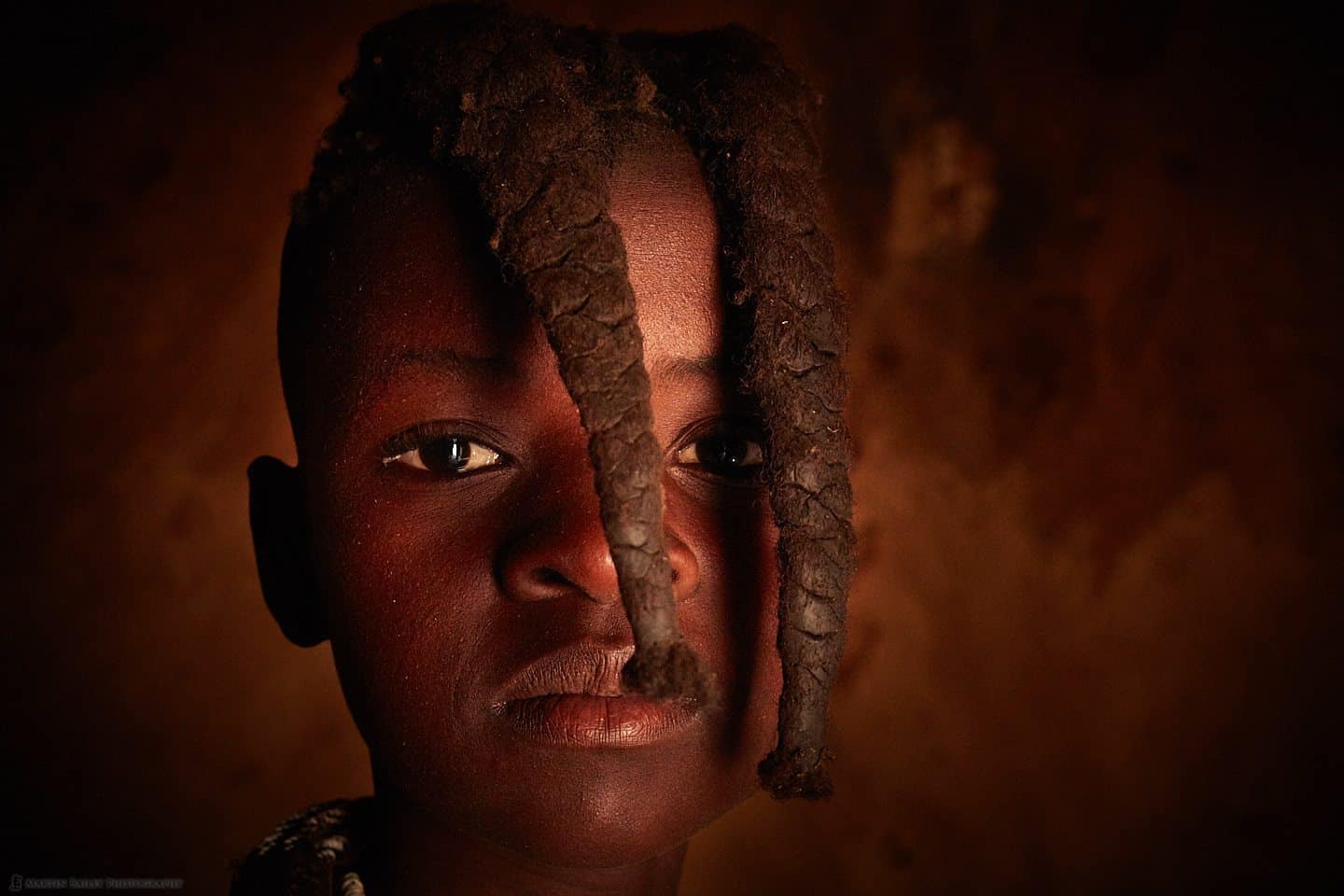



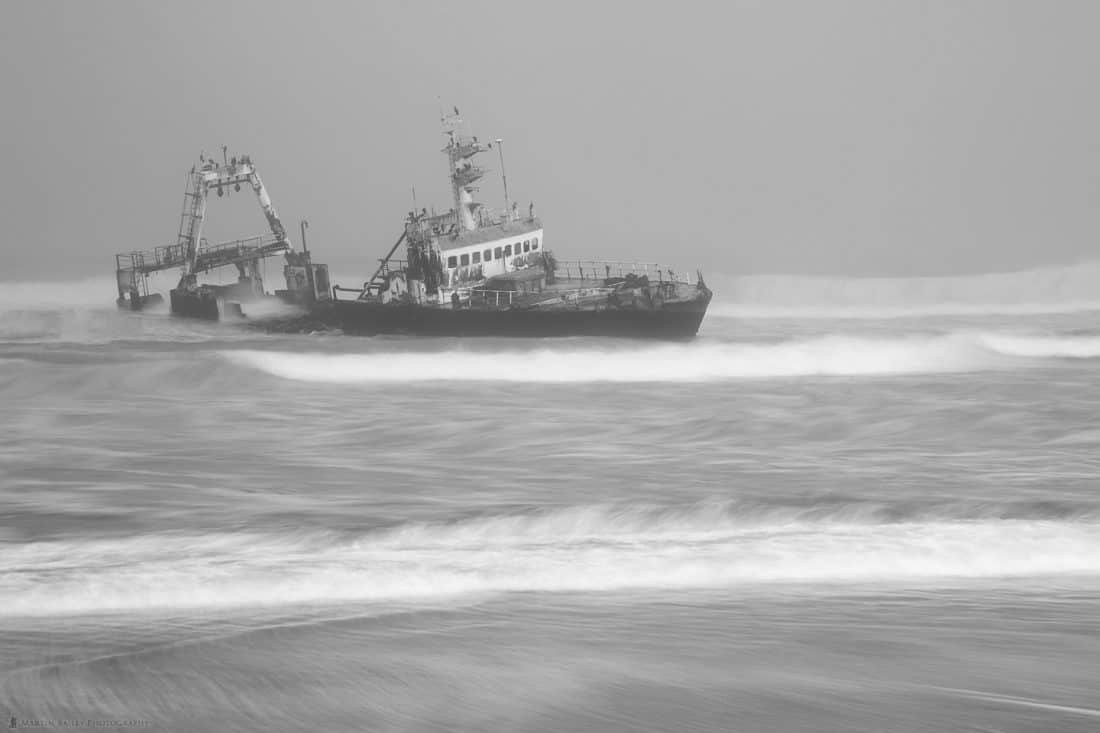
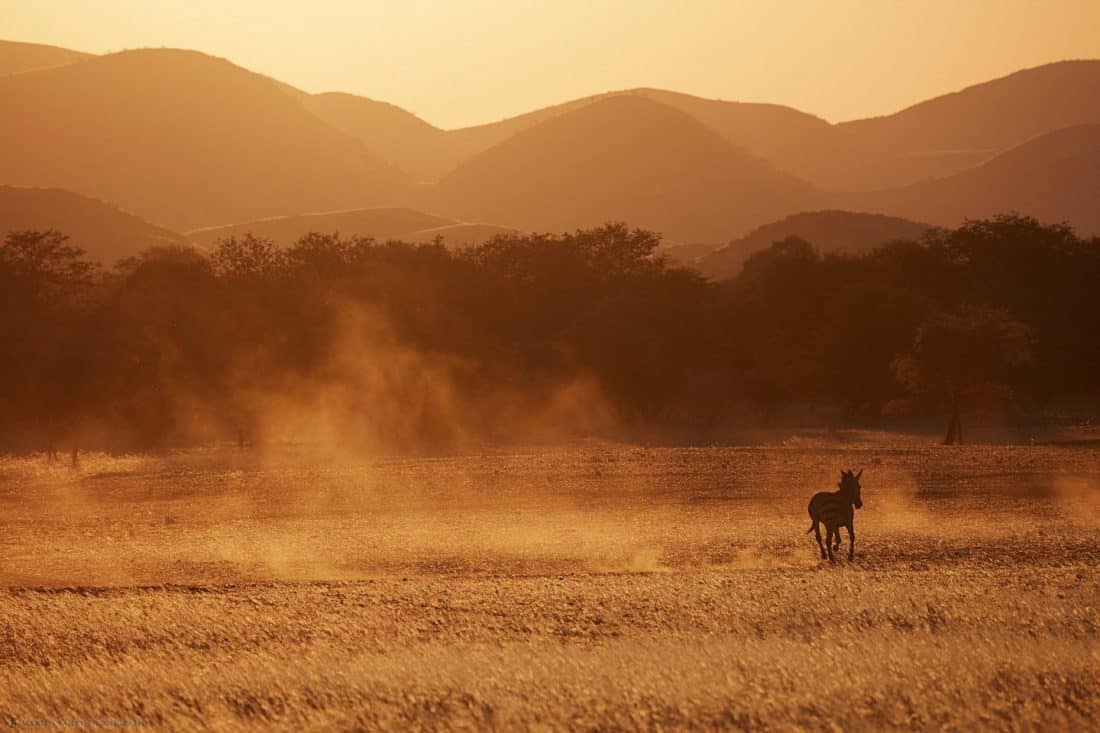
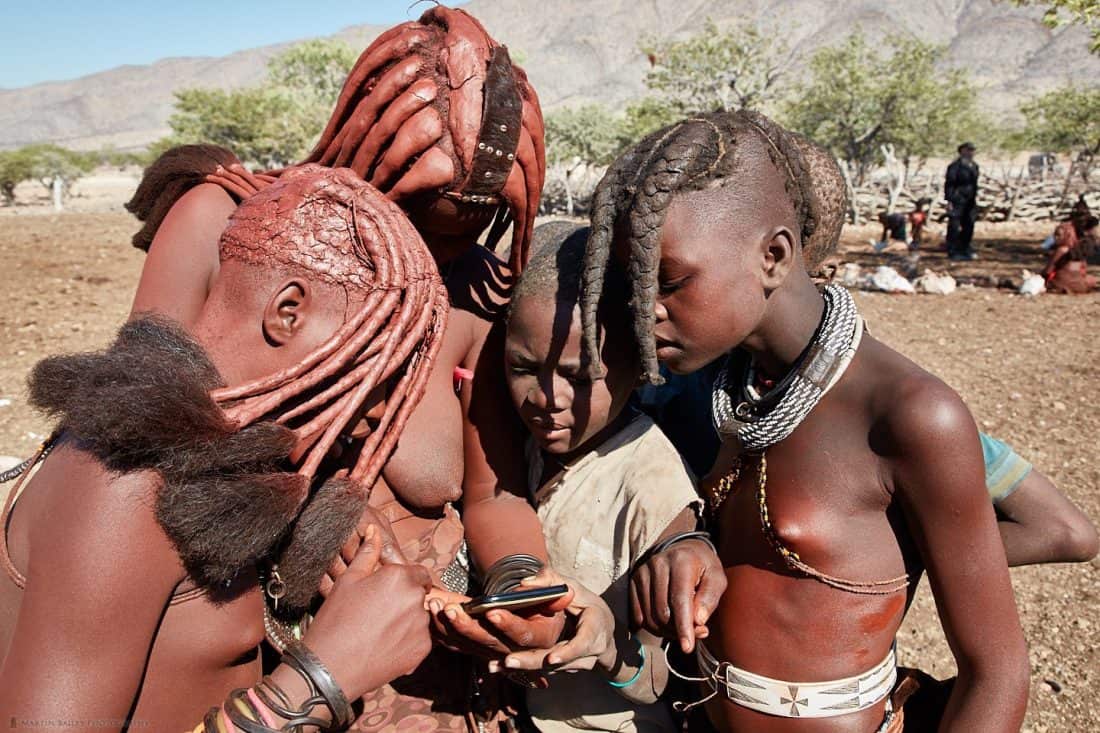
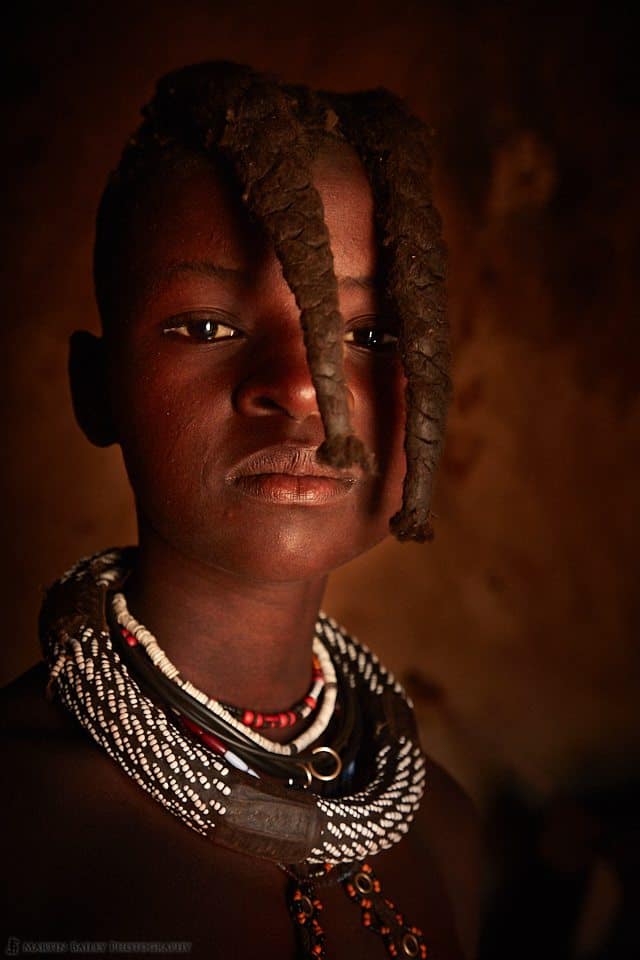
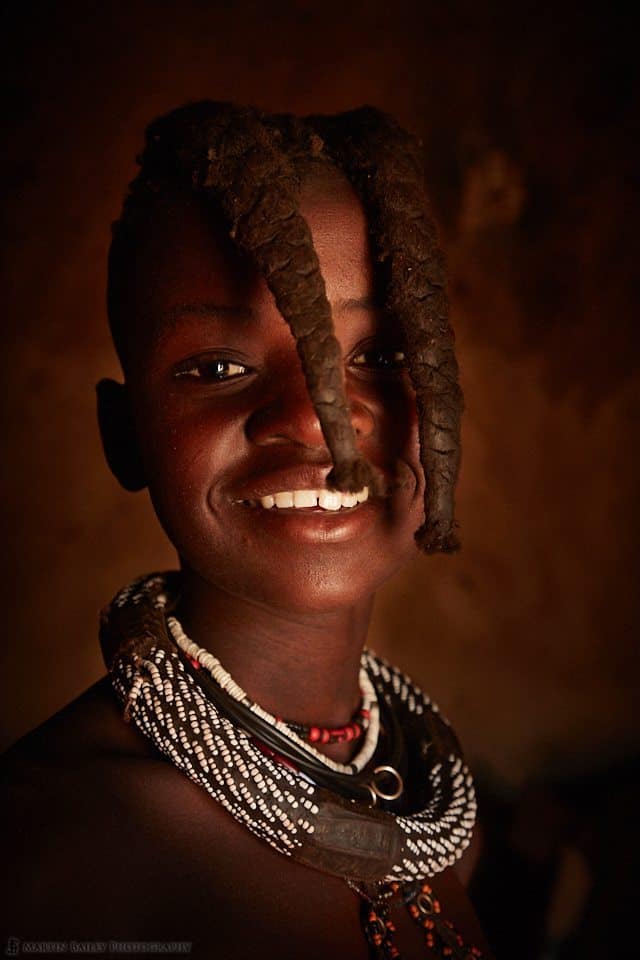

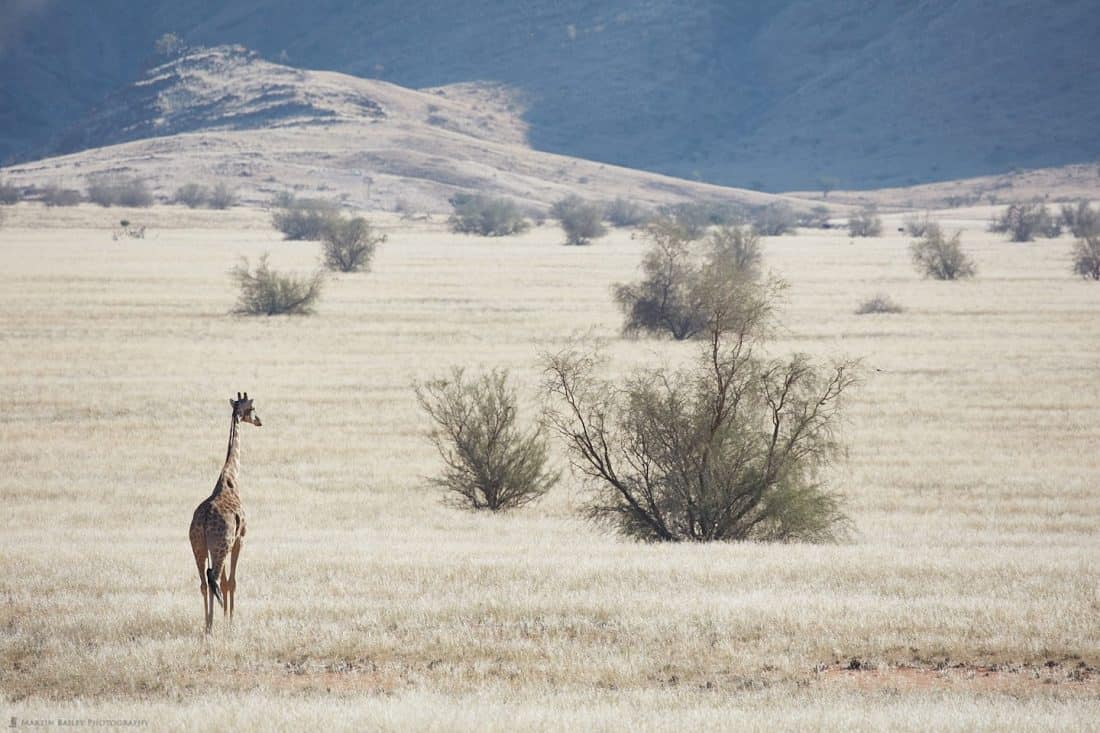
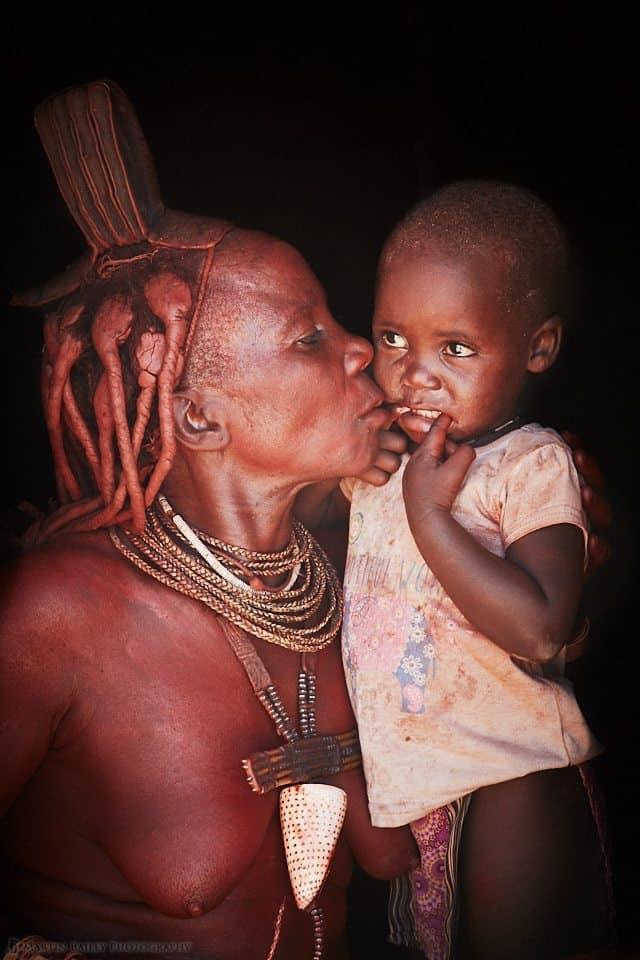
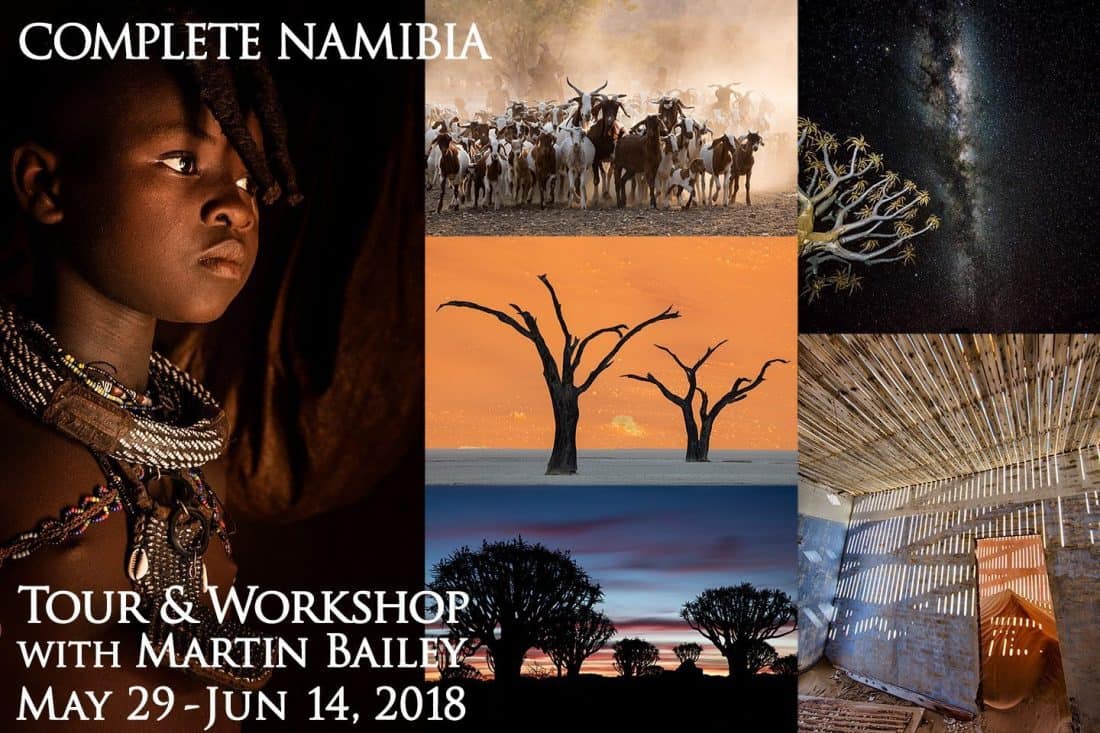

0 Comments